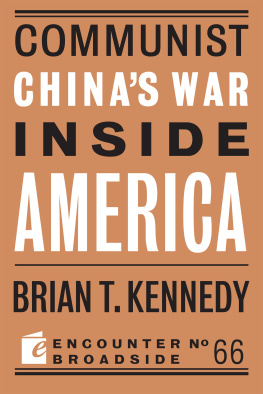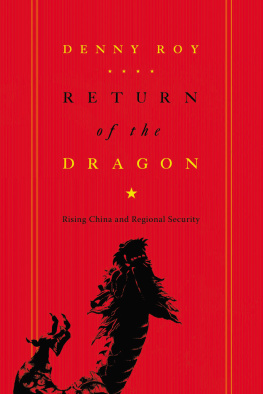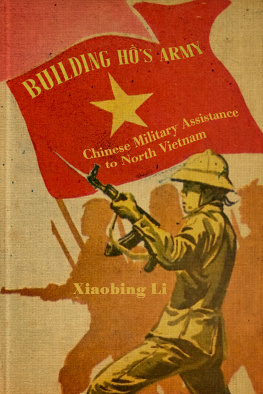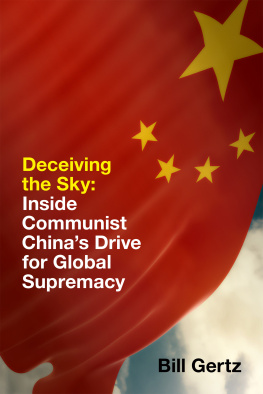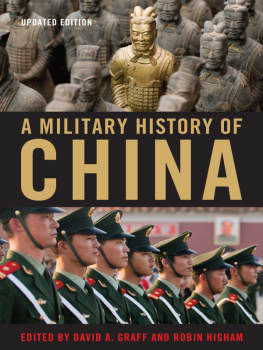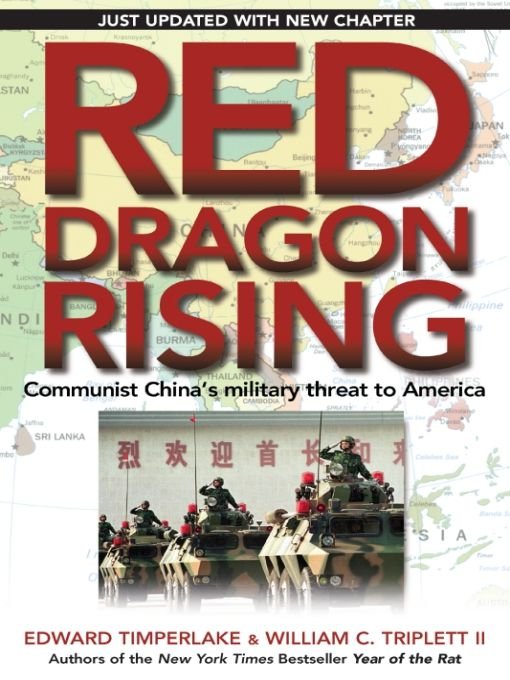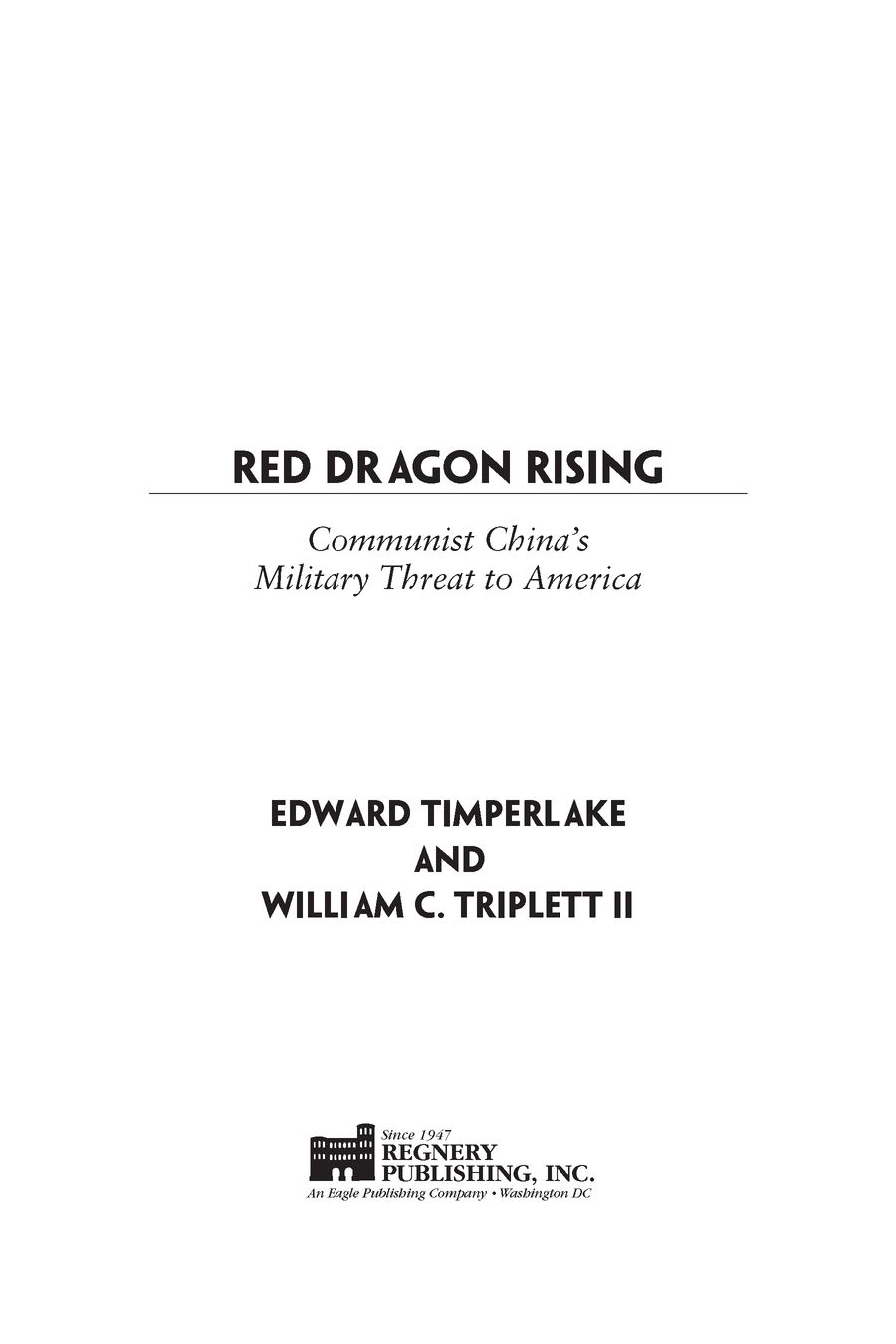Table of Contents
To the Fallen,
Tiananmen Square,
June 4, 1989
CAUTION
In order to accurately chronicle the Chinese Peoples Liberation Army (PLA), we have had to include graphic descriptions and images of PLA atrocities that some readers may find offensive.
The authors
INTRODUCTION TO THE PAPERBACK EDITION
In early April 2001, just weeks after taking the oath of office, President George W. Bush faced his first international incident. This affair would show the new presidentand all of Americathat the Peoples Republic of China (PRC) was not a strategic partner, as his predecessor had labeled the Communist dictatorship.
On April 1, a Chinese Peoples Liberation Army Air Force F-8 fighter collided in midair with a U.S. Navy EP-3 patrol plane flying over the South China Sea. The Chinese pilot had made a complete mess of a routine intercept of the lumbering EP-3, and he paid the ultimate price for his poor flying skills: he lost his life. But in a feat of truly heroic flying, Lieutenant Shane Osborn managed to guide the severely damaged American plane to an emergency landing on Chinas Hainan Island, saving the lives of all twenty-four crew members.
Although the Chinese pilot was responsible for the collision, an official Chinese spokesman angrily proclaimed, The U.S. side has total responsibility for this event. The Chinese refused to release the Americans, demanding a formal apology from the United States.
Yet the American flyers refused to accept blame for the Chinese pilots terrible airmanship, and President Bush backed them up. The president held firm, refusing to submit to the Communist Chinese demands to apologize. Finally, after eleven days, the Chinese government backed down and released the Americans, realizing that the Bush administrations expression of regret over the loss of Chinese life was all it would get out of the United States.
Thus the code of the American military held firm: Loyalty up, loyalty down. And the Bush administration sent the clear message to the Peoples Republic of China that the Clinton-Gore era was over.
A few short months later, on a beautiful September day, all Americans would come to understand the need for this firm stance, for vigilance. On September 11, 2001, America suffered the worst surprise attack in our history. Those tragic events revealed why we as a nation must be ever vigilant. For, while the tactics used to kill innocent American citizens were startling, the fact that enemies of this country would seek to do evil to the United States should have been no surprise.
In this book, we make the case for continued vigilance. Even while the United States fights a global war against terrorism, Americans should not lose sight of the fact that the PRC poses a significant threat to American national security.
If one has to be reminded of why Communist China is such a deadly threat, one need look no further than Chapter 7 of this book, Arming the Terrorists. In fact, since we published the hardcover edition of Red Dragon Rising in November 1999, the PRC has continued its policy of selling weapons of mass destruction to terrorist nations or others in sensitive regions. The last two years of the Clinton administration witnessed the old, dreary pattern we outline in this book: The CIA would discover this or that illicit sale, nothing would be done about it, and then someone would leak it to the newspapers. The CIA and Defense Department reports on Chinese proliferation were written in the usual bureaucratese, but the implications were obvious. For example, a January 2001 Pentagon report stated, China continues to be a source of missile-related technology to terrorist or unstable regimes.
But the Bush administration has offered hope, making it clear that the United States is now serious about Chinese proliferation practices. In the summer of 2001, John Bolton, the undersecretary of state for security matters, sanctioned Chinese companies for chemical weapons transfers to Iran, and in September, Chinese firms were sanctioned for missile sales to Pakistan. In spite of serious complaints by the Chinese government, the sanctions were still on at years end.
One should also look at Chapter 12, Surrounding India, in light of events on December 13, 2001. On that day, five terrorists attacked the Indian Parliament building in New Delhi, intending, apparently, to assassinate the Indian prime minister and perhaps the home minister. Pakistans intelligence service became the immediate suspect, and tensions escalated to the point that, by the New Year, observers feared a nuclear confrontation. And as we reveal in Chapter 12, Pakistan can thank Communist China for its entire nuclear weapons capability. Without Chinas mischief-making-for-money, there would have been no threat of a nuclear disaster.
U.S.-CHINA RELATIONS
The Clinton-Gore tilt to Beijing left a mess for President Bush and his team when they came into office. First the Bush administration discovered that, during the later Clinton-Gore years, the PRC had mounted a massive program of intimidation aimed at visiting American scholars. Some of them, charged with spying, were secretly languishing in Communist Chinese jails. As one Chinese-American scholar pointed out in the Wall Street Journal, the state secrets he allegedly purchased were nothing more than Chinese books for Dickinson College, where he served as a staff librarian. The Clinton administration had kept all of this secret from the American people and Congress.
The April 1, 2001, EP-3 aircraft incident came as the administration was beginning to address this problem. The tough stance Bush adopted in response to that incident was particularly important because it came in the context of mounting PRC threats against the island nation of Taiwan. As we document in Chapter 10 of this book, Seizing Taiwan, Beijing intends to end democracy on the island and has radically stepped up its efforts to do soby force. But on April 25, 2001, President Bush further distanced himself from his predecessor by putting the PRC on notice that the United States would do whatever it took to defend Taiwan. The Bush Doctrine was quietly lauded around the Asia-Pacific region. As one commentator noted, the PRCs increasingly aggressive and bullying tactics were never adequately challenged by President Clinton.
Still, President Bush and his administration must remain alert to the threat posed by Communist China. In
Red Dragon Rising , we document how Beijing has significantly built up and modernized its military, and it must be noted that the Chinese have continued this buildup in the months since the hardcover edition of this book was published. Consider the following:
In 2001 the Peoples Liberation Army (PLA) began a new five-year program of military modernization that includes vastly increased spending, more arms purchases from Russia, and much more realistic training under near-combat conditions.
The PRC increased the PLAs budget by 17.7 percent in 2001, the twelfth straight year of double-digit increases. The Communist Chinese press is joyfully predicting another hefty increase for 2002.
For $1 billion, the Russians have sold two more Sovremenny-class destroyers. These vessels will be significantly more effective than the two Sovremennys already delivered to the PLA navy (see pages 166167).



